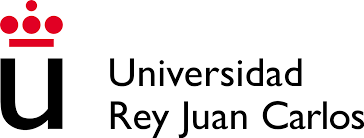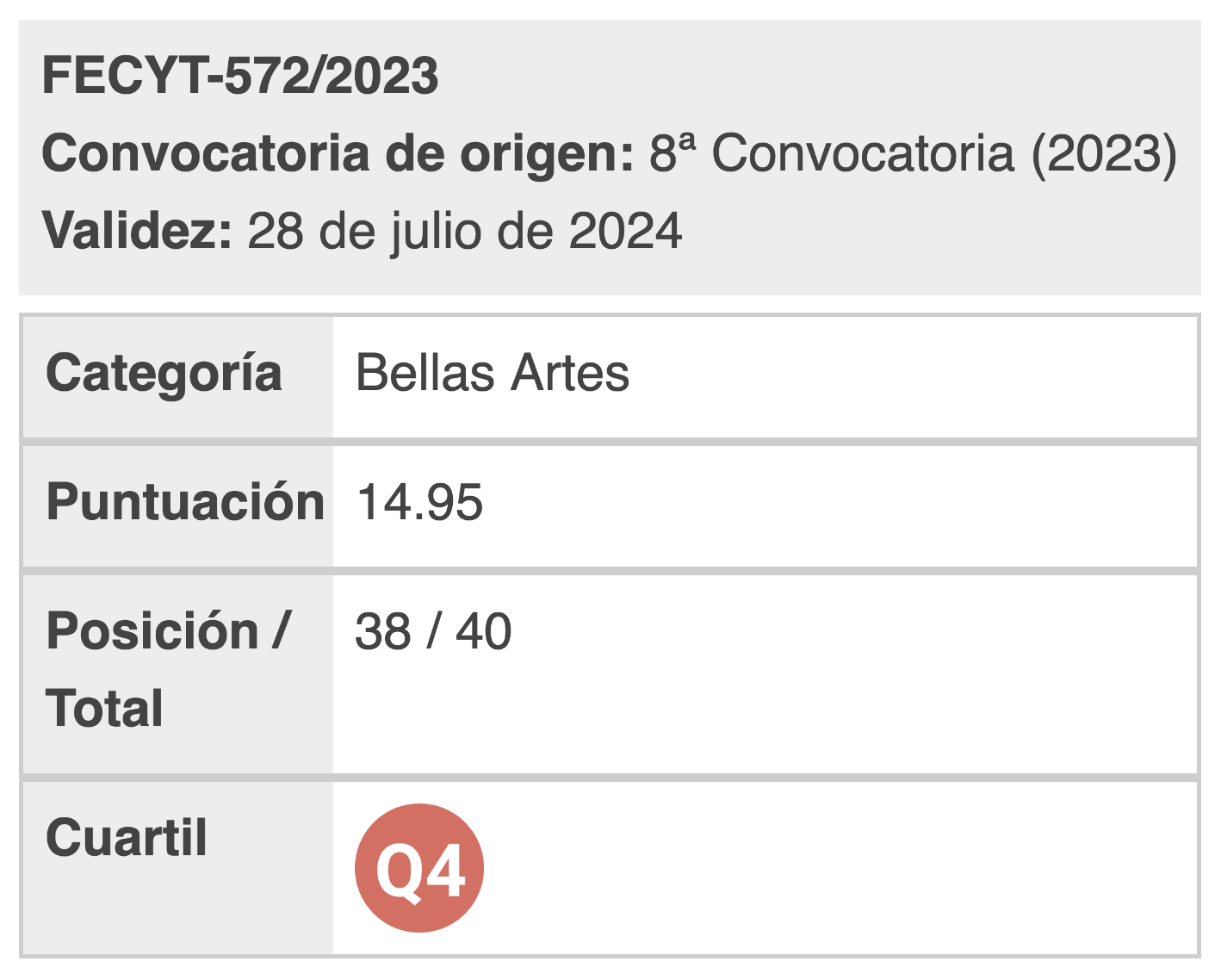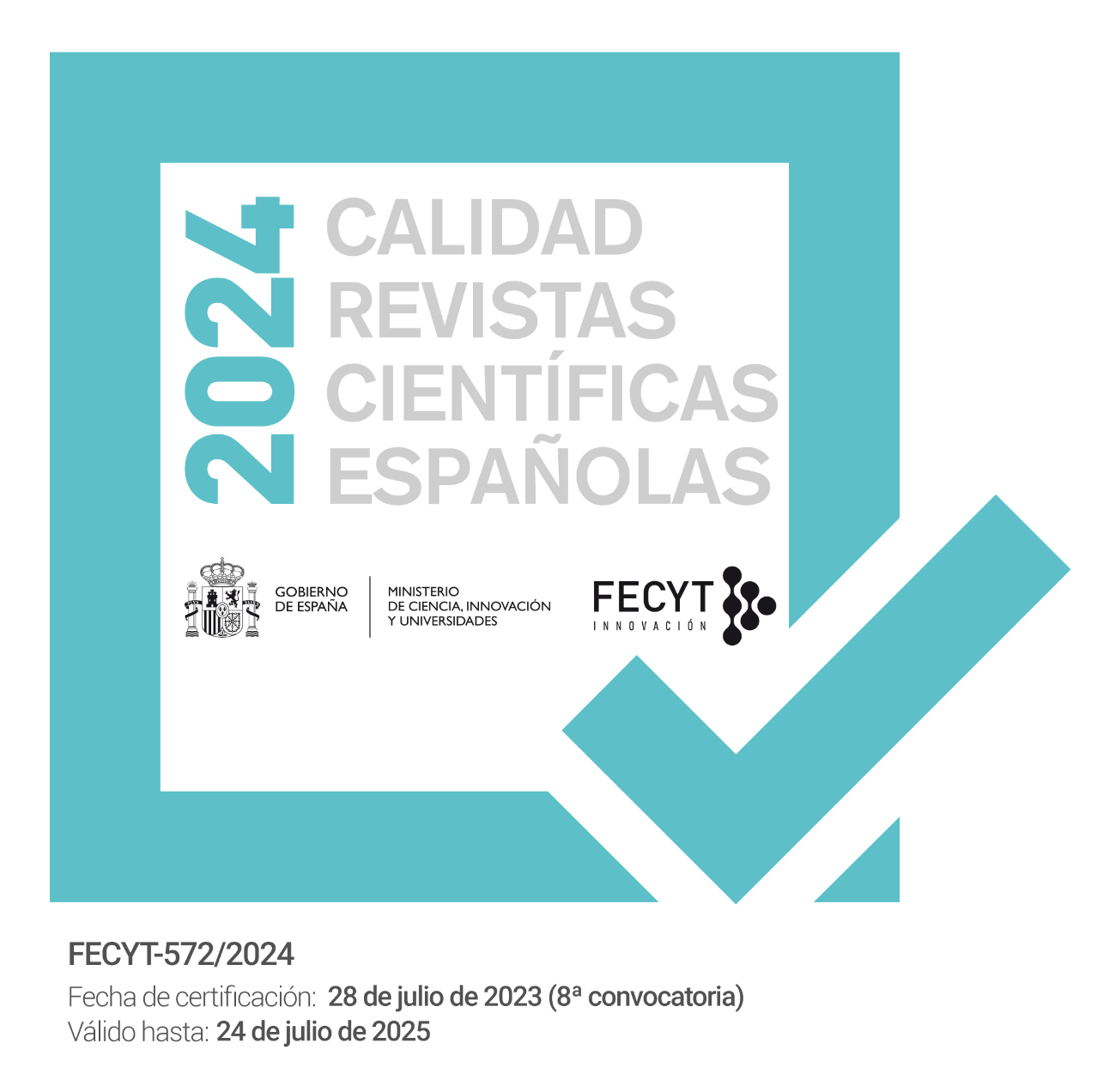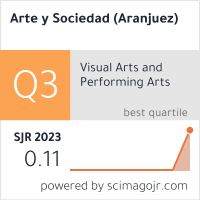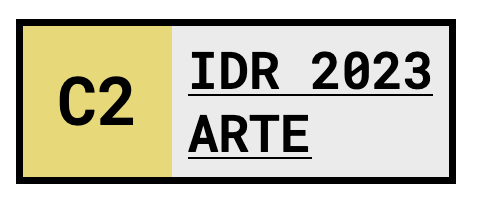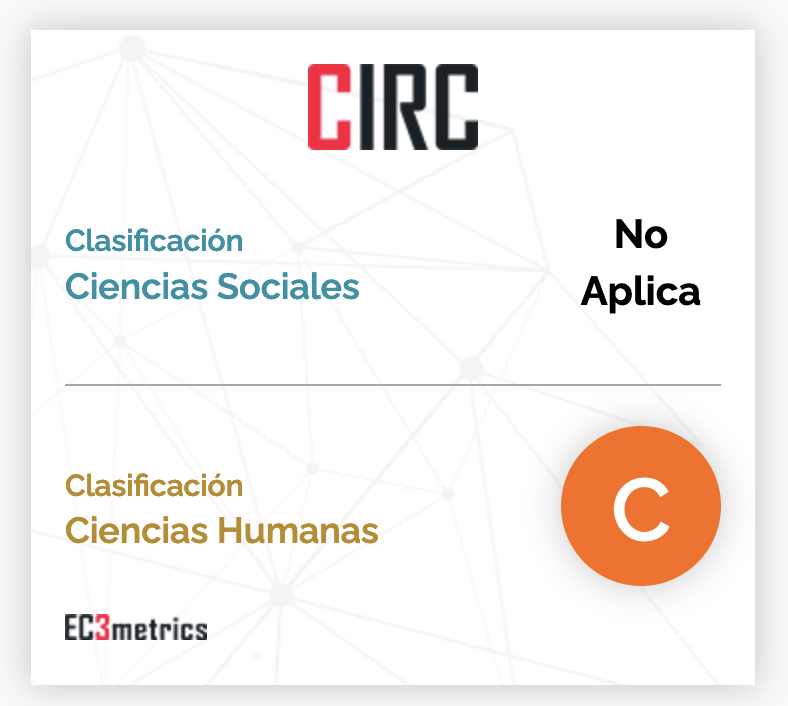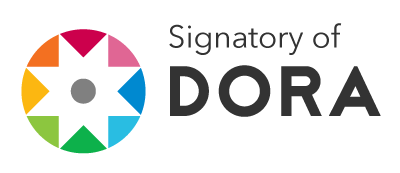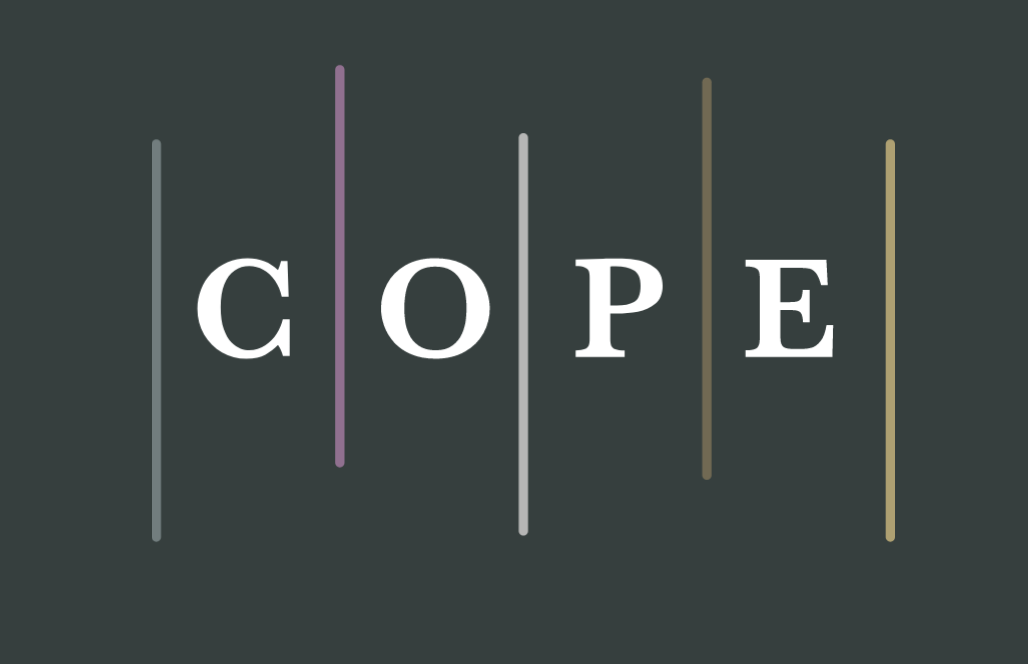The Digital Deluge. The essential questions of the humanities in the network society.
DOI:
https://doi.org/10.5281/zenodo.7656503Keywords:
Digital flood, imaginery material of water, Digital MercuriusAbstract
Our relationship with the social environment is conditioned by information flows in which digital technologies transform any approach and understanding of cultural phenomena. Transcending analog representation systems, digital culture continually generates, modifies, and transmits textual, visual, and sound content. What is the role of the humanities in today's network societies?
References
Alemany, V. y Repollés, J. (2016). Metamorfosis en la energía mítica: de la libido freudiana a la libido electrónica y digital. Revista AIS. Arte, Individuo y Sociedad (28). Recuperado a partir de https://revistas.ucm.es.
Alemany, V. y Repollés, J. (2013). “La substancia del mito: una recuperación del valor mitológico de las substancias elementales en la creación plástica contemporánea”. En LOSADA, J. M. (Coor): Mito e interdisciplinariedad. Levante Editorial.
Bachelard, G. (1994). El agua y los sueños. FCE.
_______(2004). Estudios. Buenos Aires. Amorrortu.
_______(2004). La formación del espíritu científico. Siglo XXI.
Bauman, Z. (2016). Modernidad líquida. FCE.
Béguin, A. (1993). El alma romántica y el sueño. FCE.
Bernard, W. (2014). Tesla. Inventor de la era eléctrica. Crítica.
Bohme, G. J. (1998). Fuego, Agua, Tierra, Aire: Una historia cultural de los elementos. Herder.
Braun, E. (2003). Arquitectura de sólidos y líquidos. FCE.
CAPPELLETTI, A. J. (1986). Mitología y filosofía de los presocráticos. Pedagógicas.
Castells, M. (2006). La sociedad red. Alianza.
Damasio, A. (2013). El error de Descartes. Destino.
Deleuze, G. y GUATTARI, F. (1997). Mil mesetas. Pre-Textos.
Deleuze, G. (2005). Derrames. Entre el capitalismo y la esquizofrenia. Cactus.
_______ (1994). Lógica del sentido. Paidós.
Didi-Huberman, G. (2015). Ninfa fluida. Essai sur le drapé-désir. París, Gallimard.
_______ (2017). Ninfa profunda. Essai sur le drapé-tourmente. París, Gallimard.
Durand, G. (2003). Mitos y Sociedades. Introducción a la mitodología. Biblos.
Eco, U. (1997). Apocalípticos e integrados. Tusquets.
Frazer, J. G. (1981). El folklore en el Antiguo Testamento. FCE.
Gere, Ch. (2008). Digital culture. London, Reaktion Books.
Gille, V. (2003). Trayectoires du rêve. Ed. Reunion des Museés de France.
Graves, R. (2005). Los mitos griegos. RBA.
Gray, T. (2011). Los elementos. Larousse.
Illich, I. (1989). H2O y las aguas del olvido. Cátedra.
Harpur, P. (1999). Mercurius o el matrimonio del cielo y la tierra. Atalanta.
Hofstadter, D. y Sander, E. (2018). La analogía. Tusquets.
Joyce, J. (1995). Ulises. Lumen.
Jung, C. G. (2015). Psicología y Alquimia. Trotta.
Lacoue-Labarthe, P., y Nancy, J. L. (2012). El absoluto literario. Eterna Cadencia.
Lyotard, J. F. (1999). La posmodernidad explicada a los niños. Gedisa.
Lévi-Strauss, C. (1996). Lo crudo y lo cocido. FCE.
Kircher, A. (1989). El Arca de Noé. Octo.
Klein, Y. (2006). Vers l´immatériel. Dilecta.
Kogan, A. A. Bachelard. (1979). Los poderes de lo Imaginario. Hachette.
McLuhan, M. (2009). Comprender los medios de comunicación. Paidós, 2009.
______ (1998). La galaxia Gutenberg. Círculo de Lectores.
McLuhan, M. y Powers, B. R. (2011). La aldea global. Ed. Gedisa.
Michelet, J. (2004). El mar. Cien del Mundo,
Nizan, P. (1972). Los materialistas de la antigüedad. Fundamentos.
Paracelso. (2003). Libro de las ninfas, los silfos, los pigmeos, las salamandras y los demás espíritus. Obelisco.
Pardo, J. L. (2011). El cuerpo sin órganos. Pre-Textos.
Planells, A. J. (2015) Videojuegos y mundos de ficción. Cátedra.
Priesner, C., Figala, (2001). Alquimia. Herder.
Puelles Romero, (2002). L. La estética de Gaston Bachelard. Verbum.
Repollés, J. (2011). Genealogías del arte contemporáneo. Akal.
Repollés, J., Perandones, L., Alemany, (2014) La ondina digital. Apariciones postmodernas de la ninfa acuática en el imaginario del algoritmo digital. ARDI. Revista de Arte, Diseño e Ingeniería. (3) Recuperado a partir de https://polired.upm.es
Serres, M. (1994) El nacimiento de la física en el texto de Lucrecio. Caudales y turbulencias. Pre-Textos.
______ (1995) Atlas. Cátedra,
______ (2015) Autobiografía de un zurdo cojo. Gedisa.
______ (1991). Hermes I. La communication. Minuit,
______ (2014) Pulgarcita. Gedisa.
Torra, V. (2010). Del ábaco a la revolución digital. RBA,
Tiqqun, (2015). La hipótesis cibernética. Machado.
Vadée, M.(1997). Bachelard o el nuevo idealismo epistemológico. Pre-Textos.
Vico, G. (2006). Principios de una ciencia nueva. FCE.
Vinck, D. (2018). Humanidades digitales. Gedisa.
Zajonc, A. 2015). Capturar la luz. Siruela.

Published
How to Cite
Issue
Section
License

This work is licensed under a Creative Commons Attribution 4.0 International License.
You are free to:
Share — copy and redistribute the material in any medium or format.
Adapt — remix, transform, and build on the material for any purpose, including commercial.
Attribution — You must properly acknowledge the authorship, provide a link to the license, and indicate if any changes have been made.
You may do so in any reasonable manner, but not in any way that suggests that you endorse or receive any endorsement by the licensor for your use.
No additional restrictions — You may not apply legal terms or technological measures that legally restrict you from doing what the license allows.

